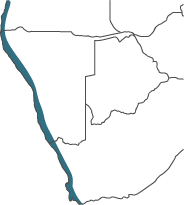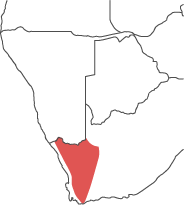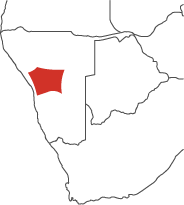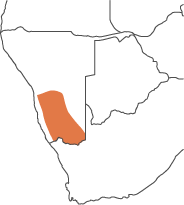
Unspoilt Kalahari scenery - the land of the San with an abundance of game, wide open spaces, cattle farming, traditional villages.
The Kalahari Basin was part of the great inland lake that covered much of the central region of southern Africa thousands of years ago and as the region began to dry up and rivers lost their source they quickly became the dry depressions that are evident in the Central Kalahari today.
The Kalahari Desert is a large semi-arid sandy savanna in Southern Africa extending for 900,000 square kilometres (350,000 sq mi), covering much of Botswana, parts of Namibia and regions of South Africa.
Kalahari is derived from the Tswana word Kgala, meaning "the great thirst", or Kgalagadi, meaning "a waterless place”; the Kalahari has vast areas covered by red sand without any permanent surface water.
Drainage of the desert is by dry valleys, seasonally inundated pans and the large salt pans of the Makgadikgadi Pan in Botswana and Etosha Pan in Namibia. The only permanent river, the Okavango, flows into a delta in the northwest, forming marshes that are rich in wildlife. Ancient dry riverbeds—called omuramba—traverse the central northern reaches of the Kalahari and provide standing pools of water during summer.
The Kalahari may well be known to some as the land of drying rivers, and this does portray a sense of desolation at times but within this seemingly stark environment is an ecosystem supporting a wide variety of fascinating species.
 Ancient Kalahari
Ancient Kalahari 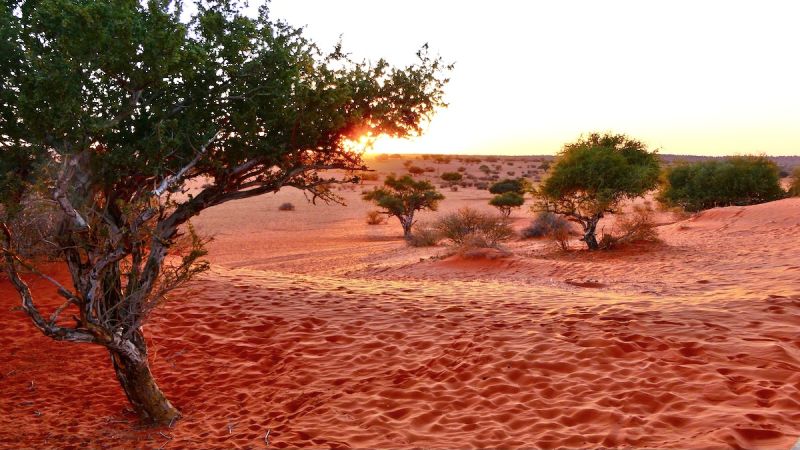

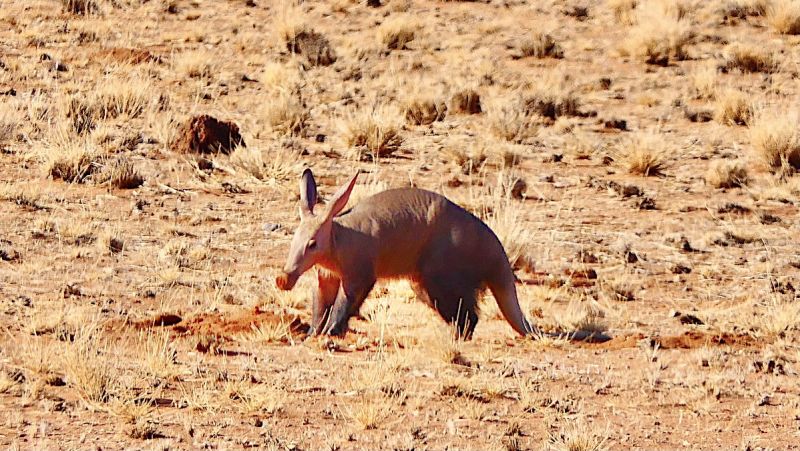

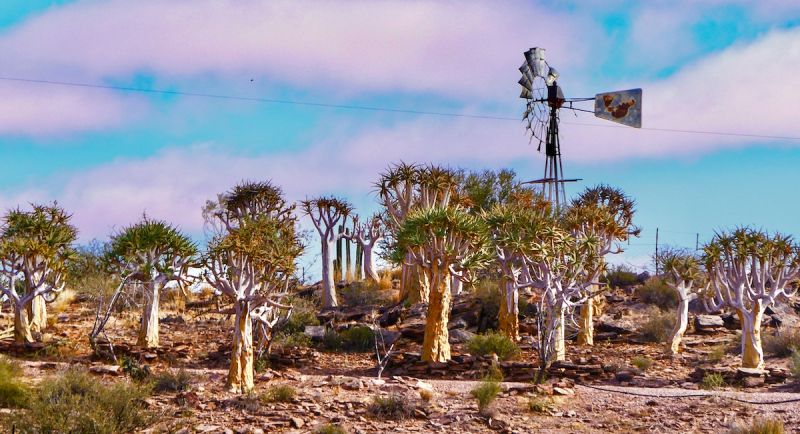

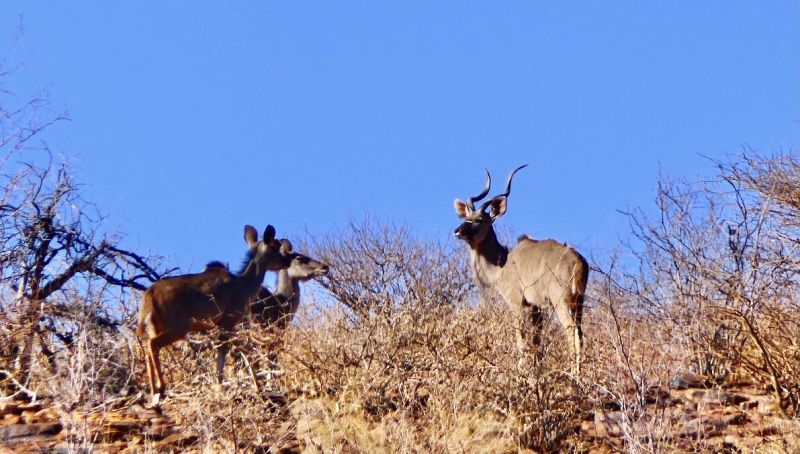

 Botswana Panhandle
Botswana Panhandle 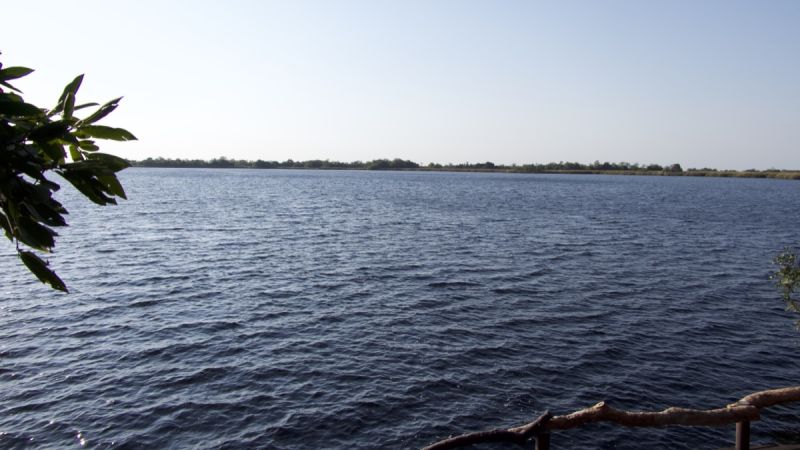

 Central Kalahari
Central Kalahari 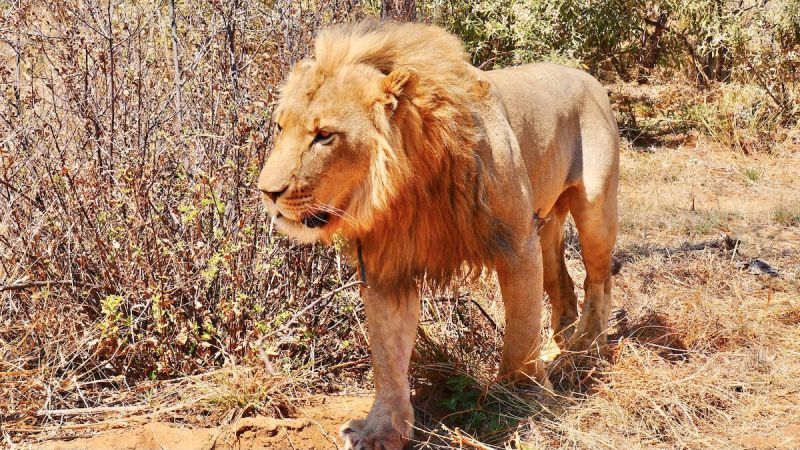
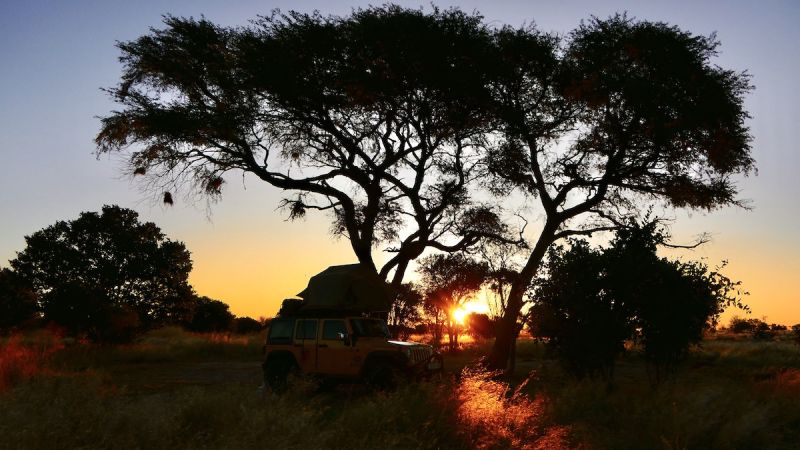



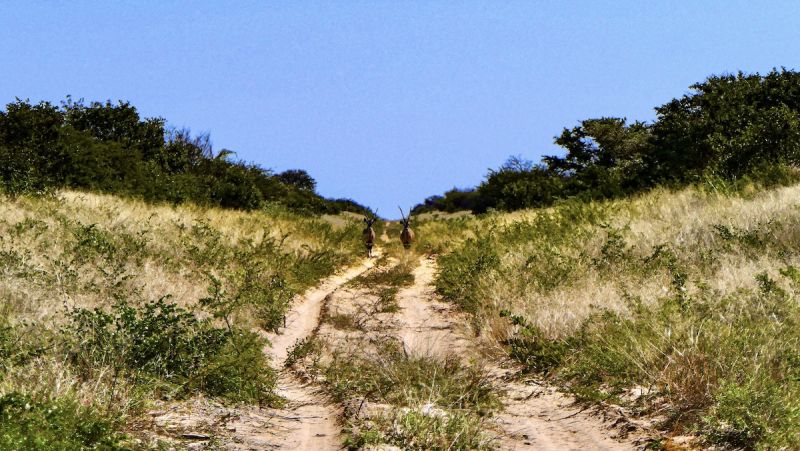


 Dordabis / Nauas/ Uhlenhorst
Dordabis / Nauas/ Uhlenhorst 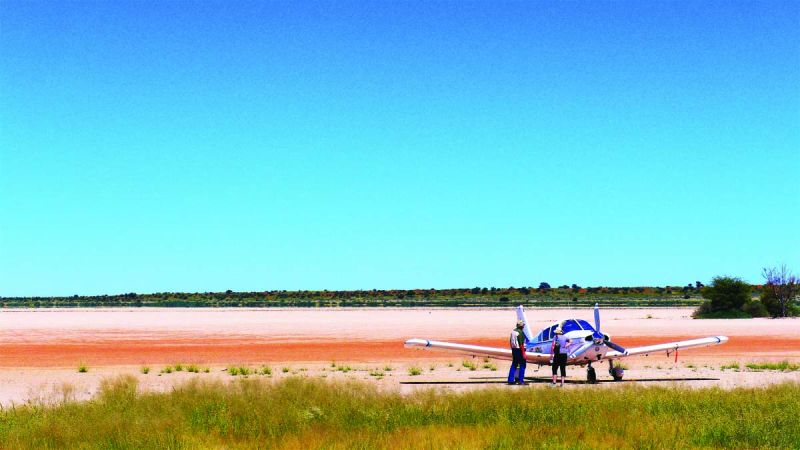




 Dune Kalahari
Dune Kalahari 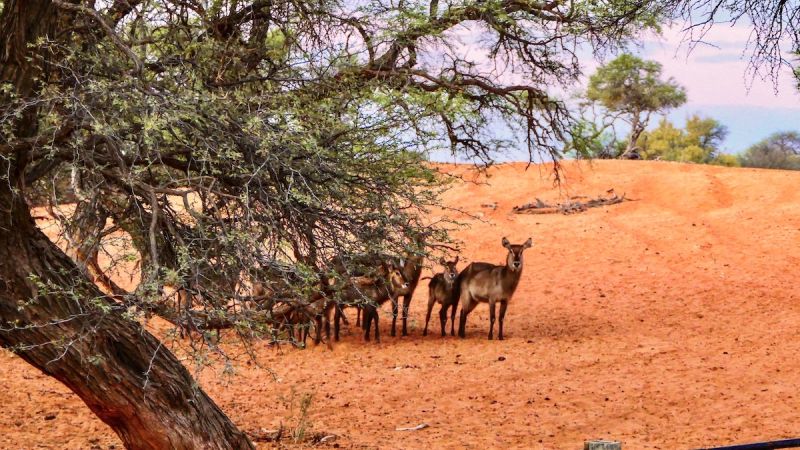


 Gcwihaba
Gcwihaba 
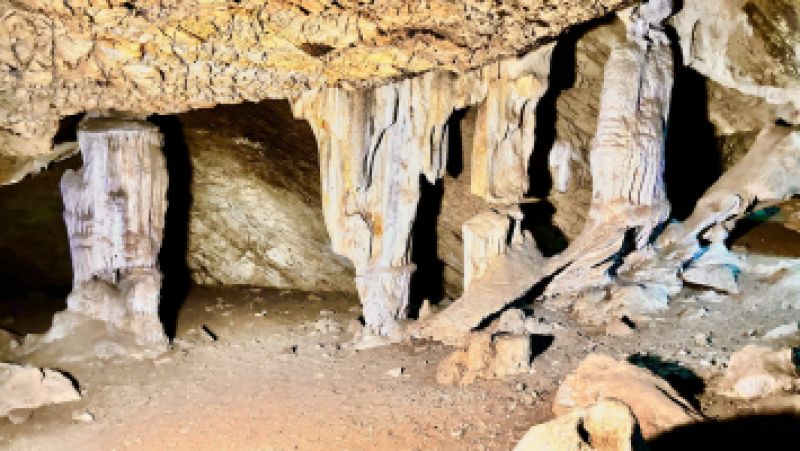
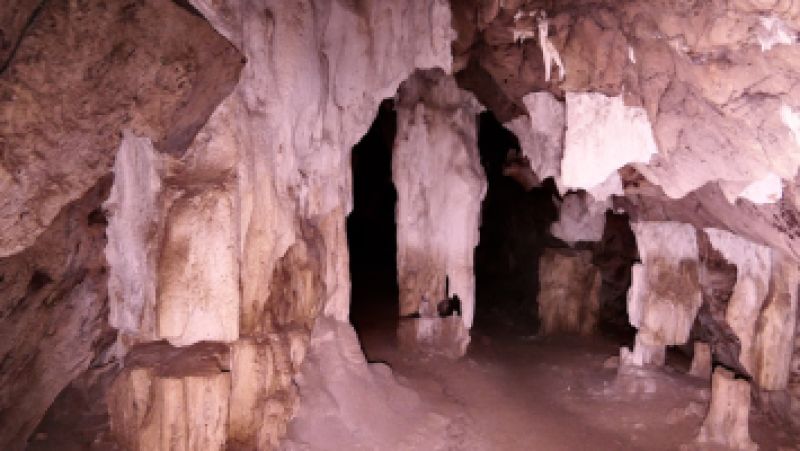

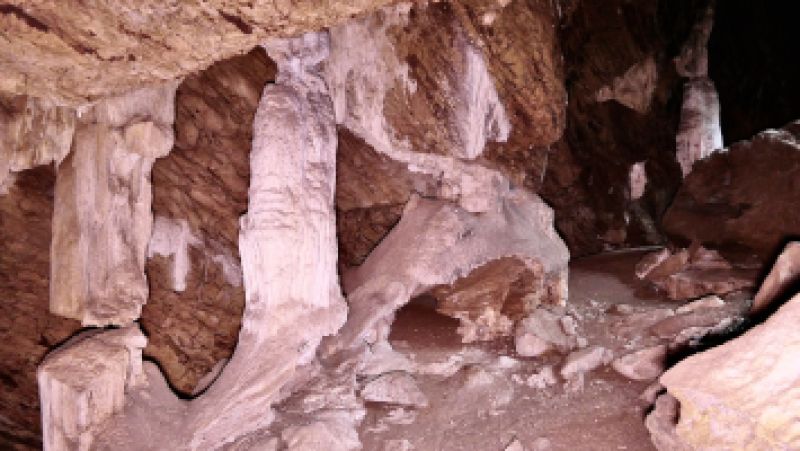
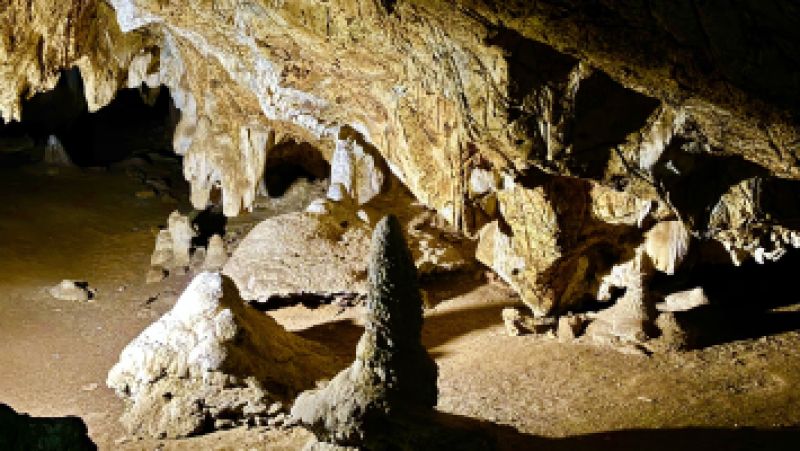
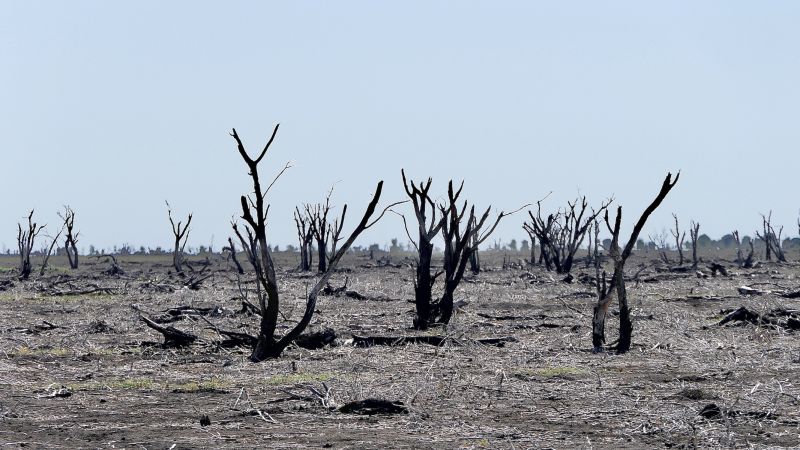

 Ghanzi
Ghanzi 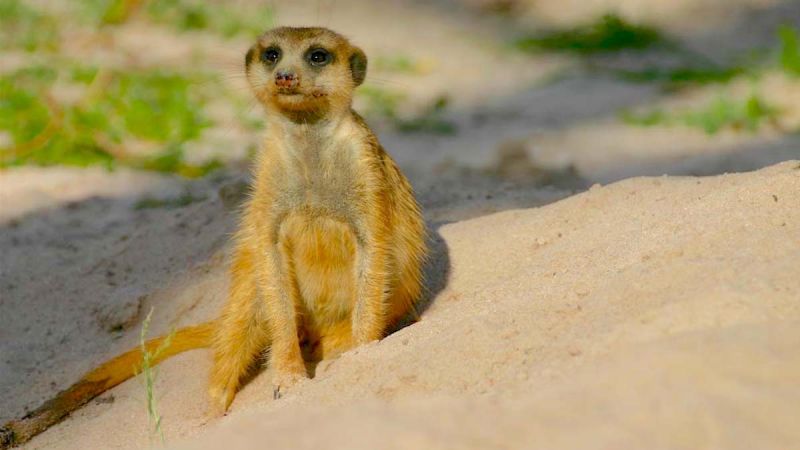


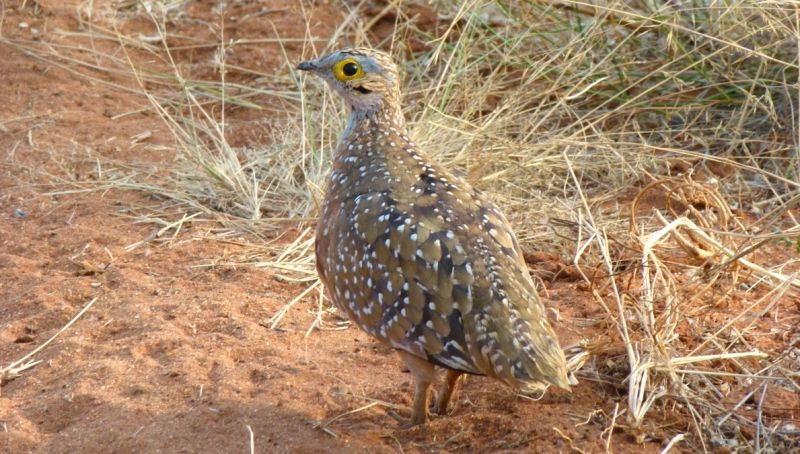

 Gobabis
Gobabis 
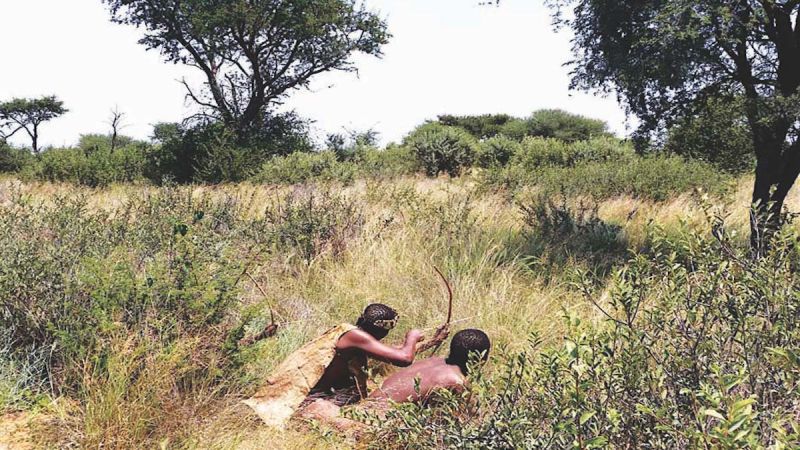
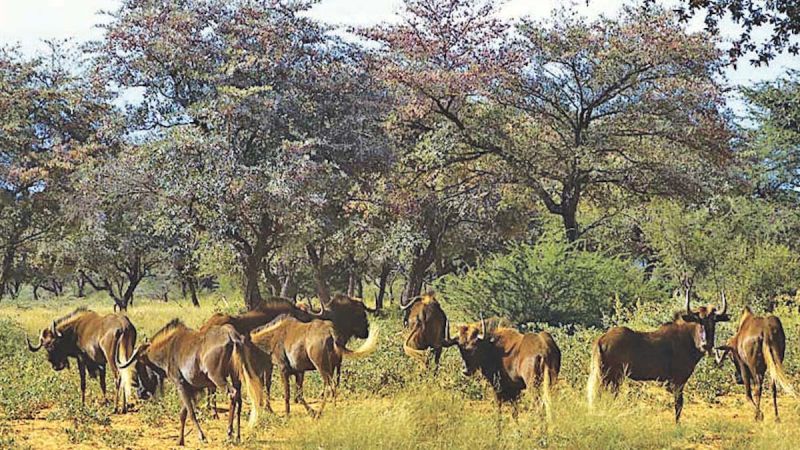




 Green Kalahari
Green Kalahari 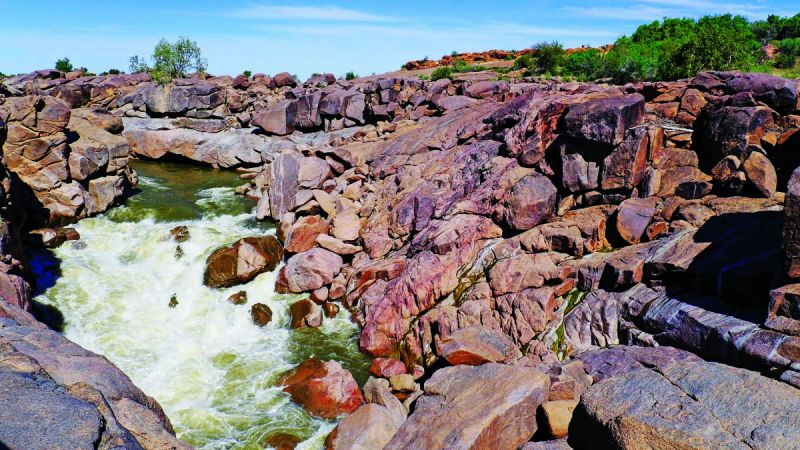

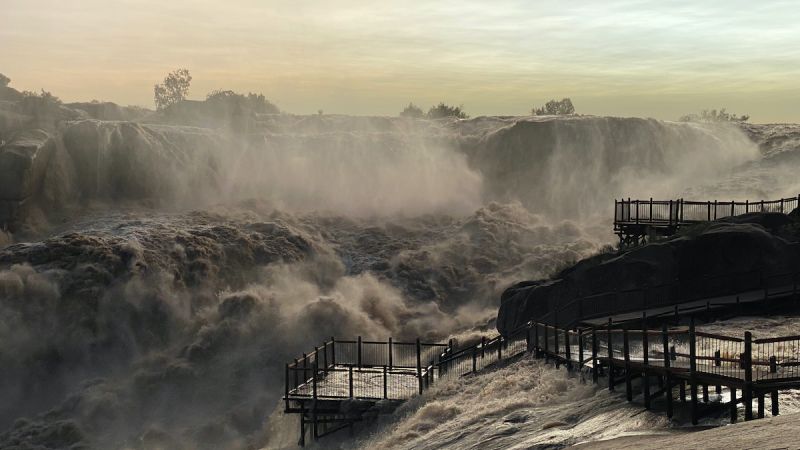
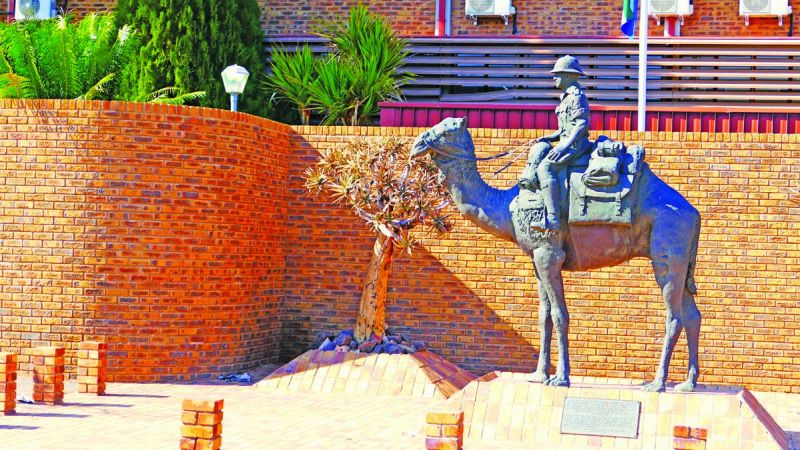

 Hochfeld
Hochfeld 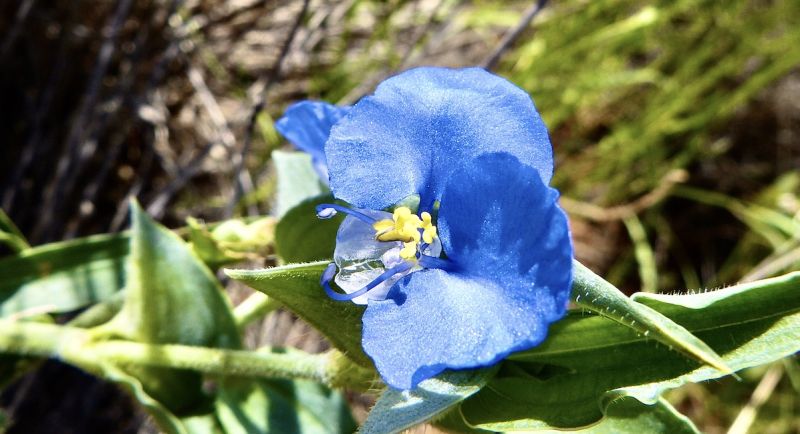
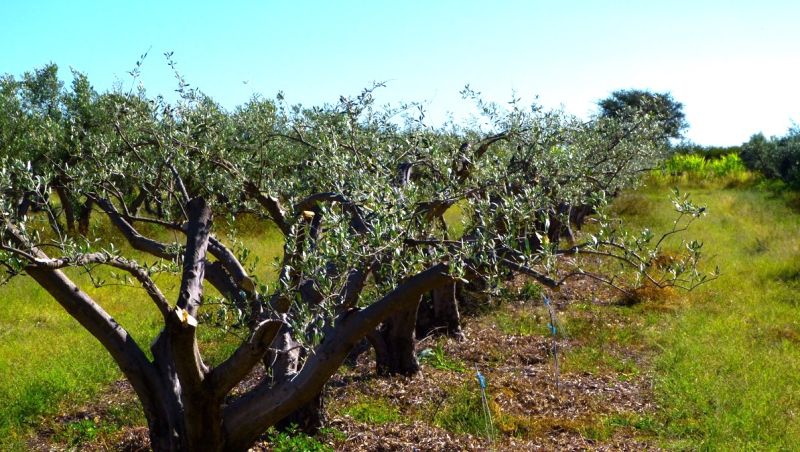
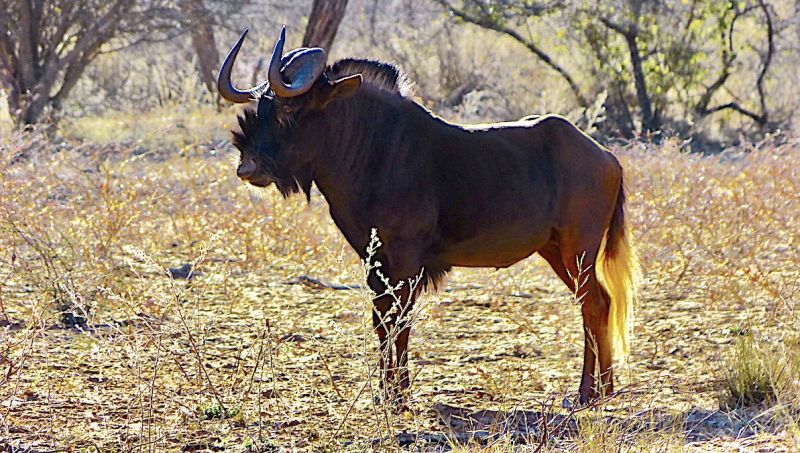

 Hwange National Park
Hwange National Park 
 Kalahari East
Kalahari East 

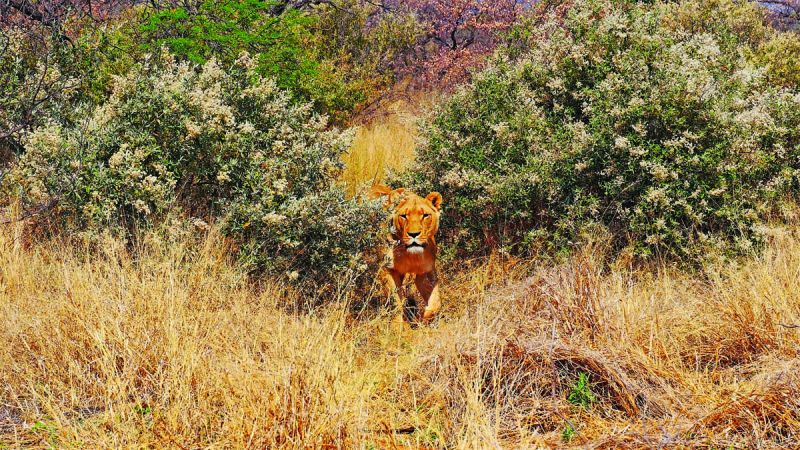




 Kalkrand
Kalkrand 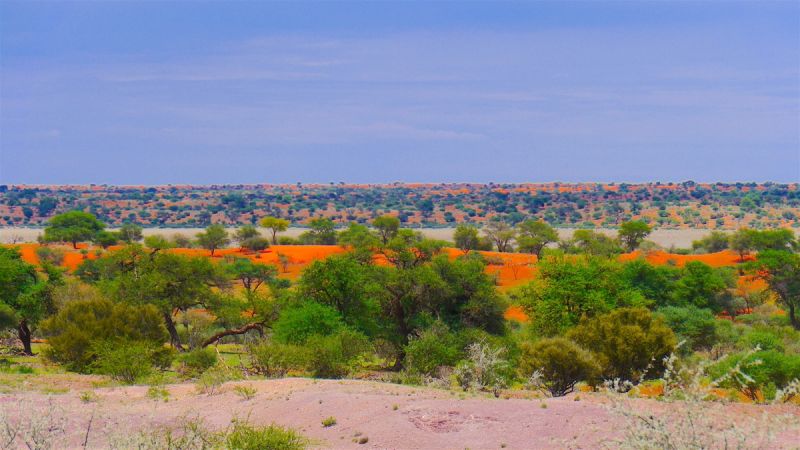

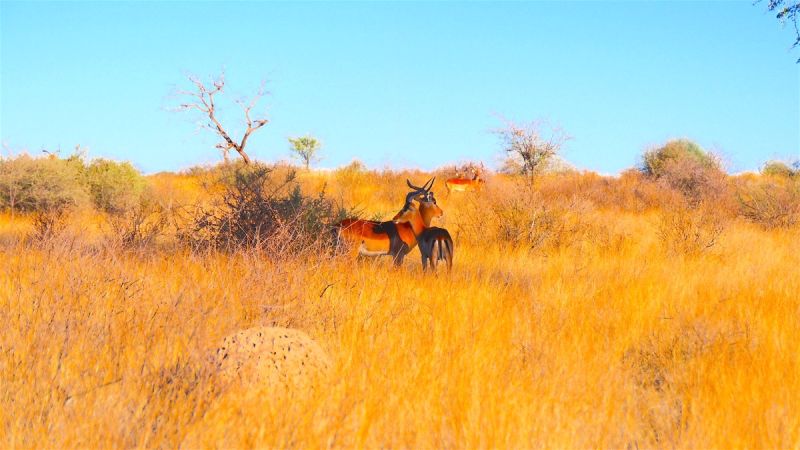


 Kang
Kang 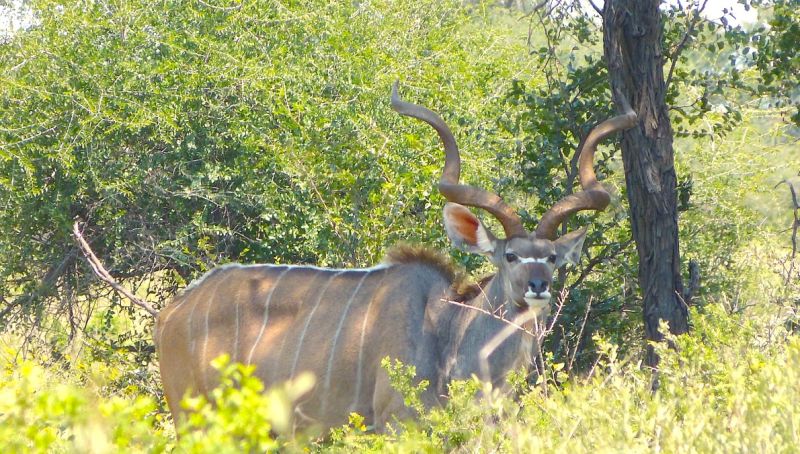

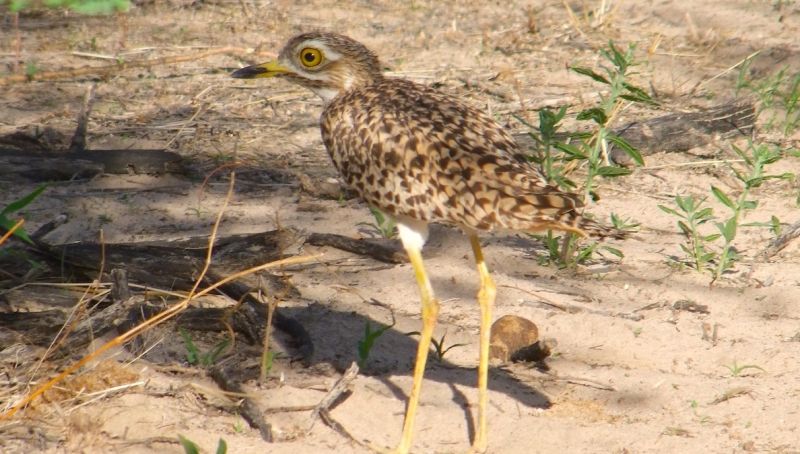


 Kgalagadi Transfrontier Park
Kgalagadi Transfrontier Park 



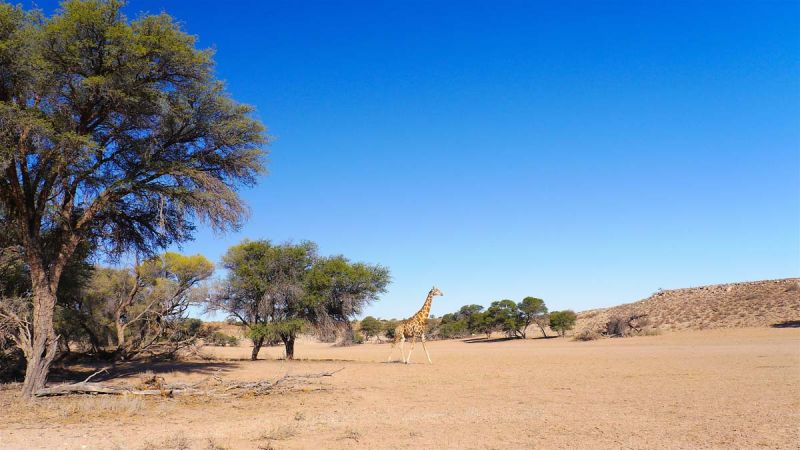
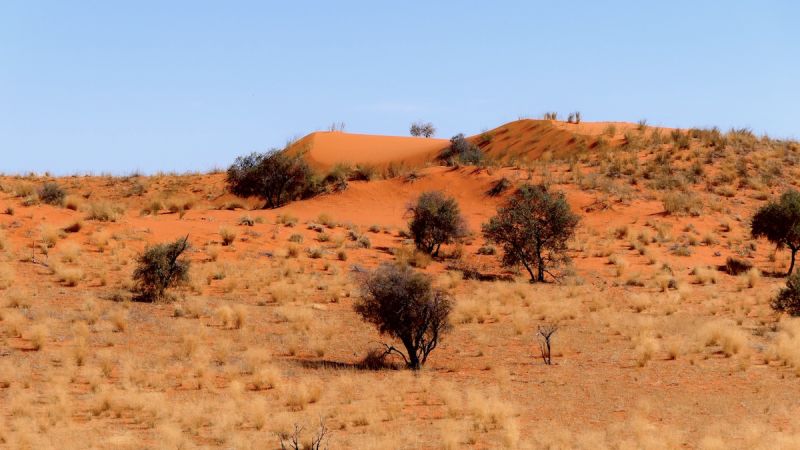

 Khaudum
Khaudum 

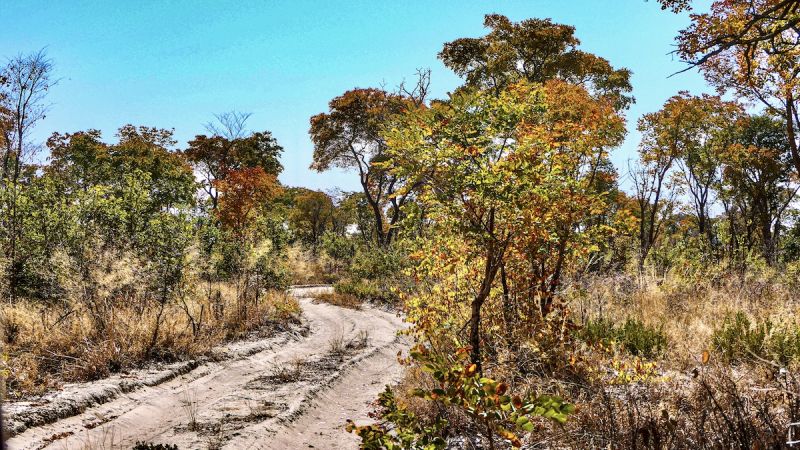
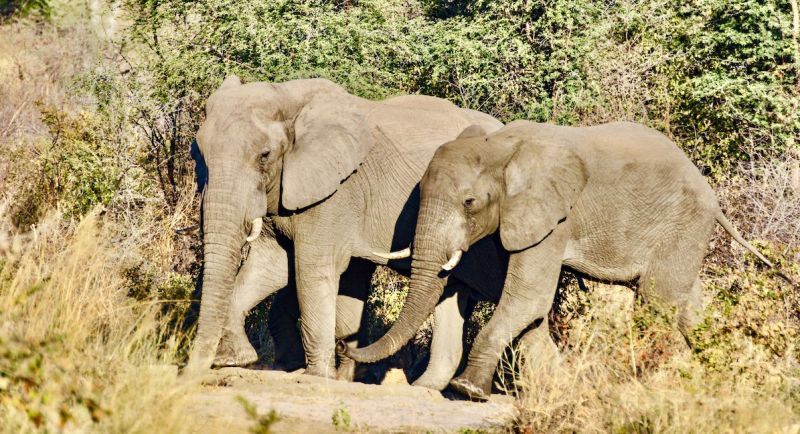
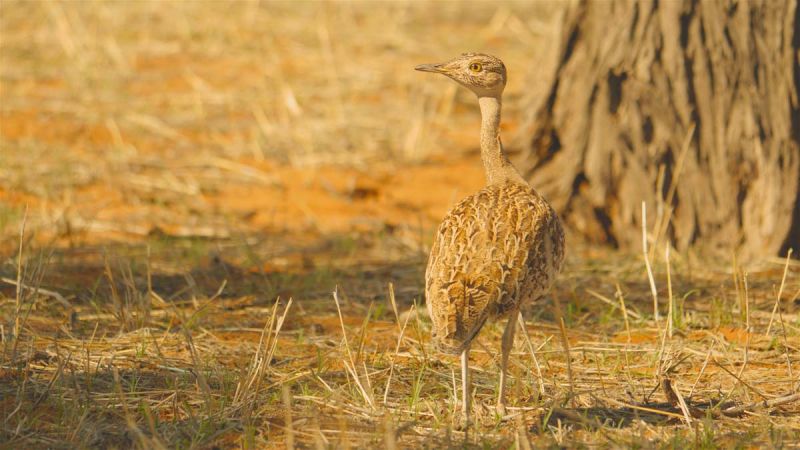
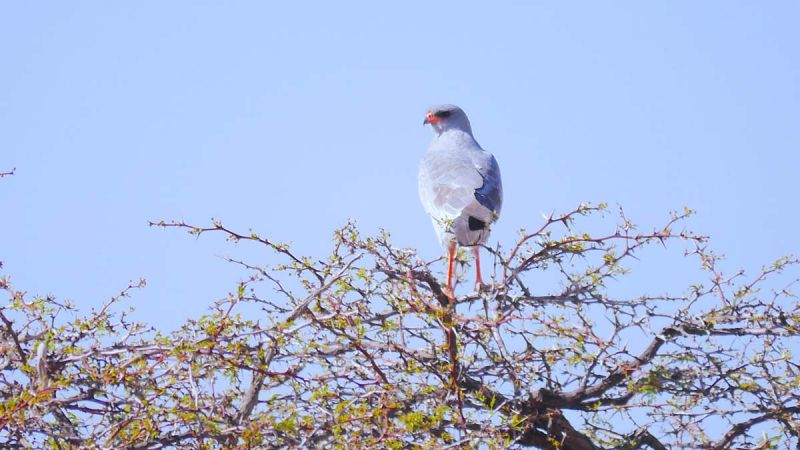


 Khwai
Khwai 
 Makgadikgadi Pans
Makgadikgadi Pans 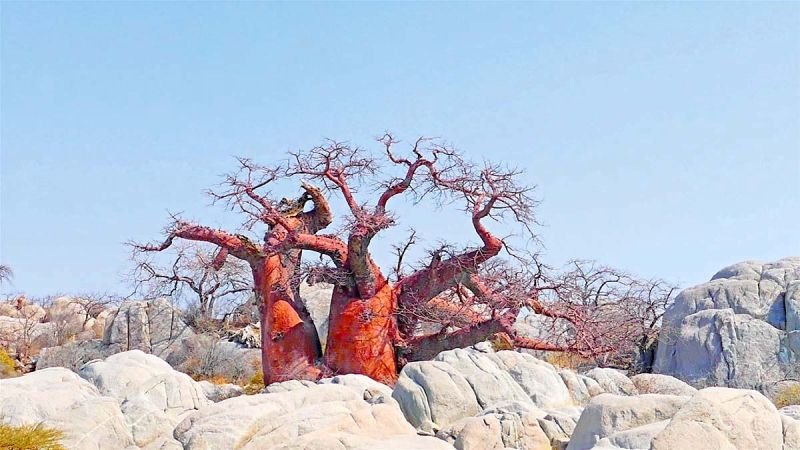
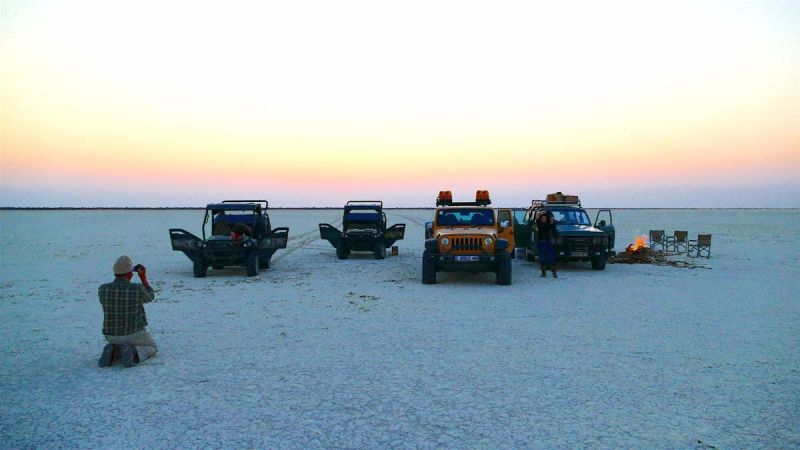

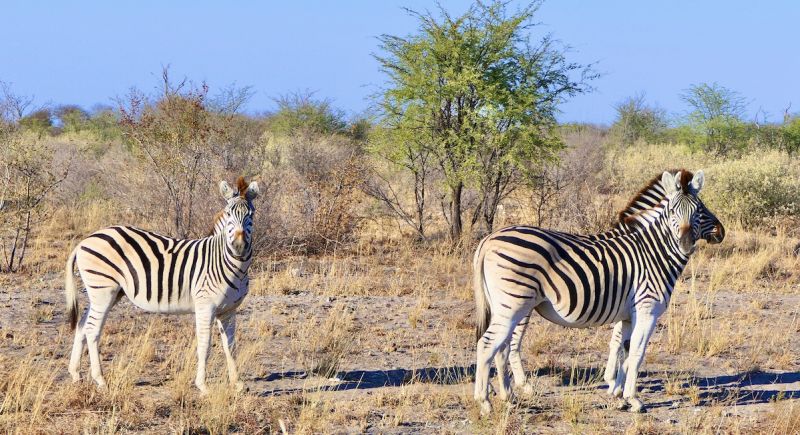

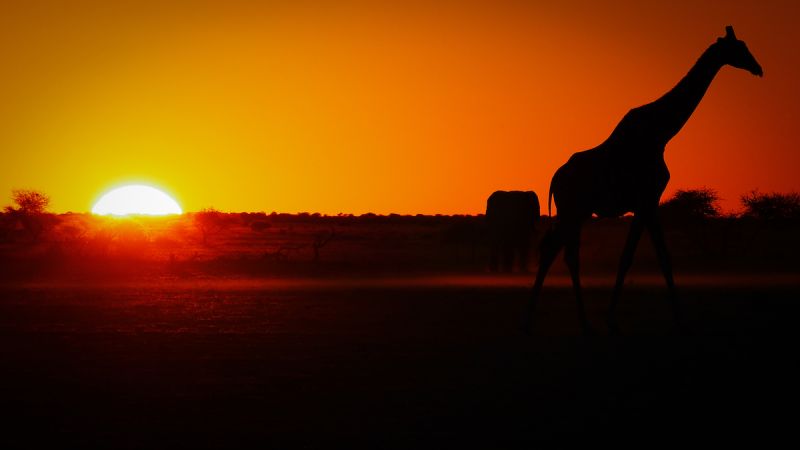
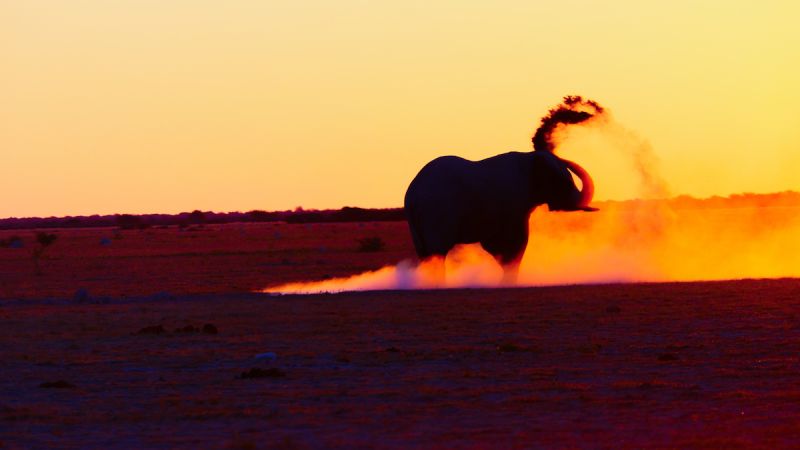

 Mariental
Mariental 



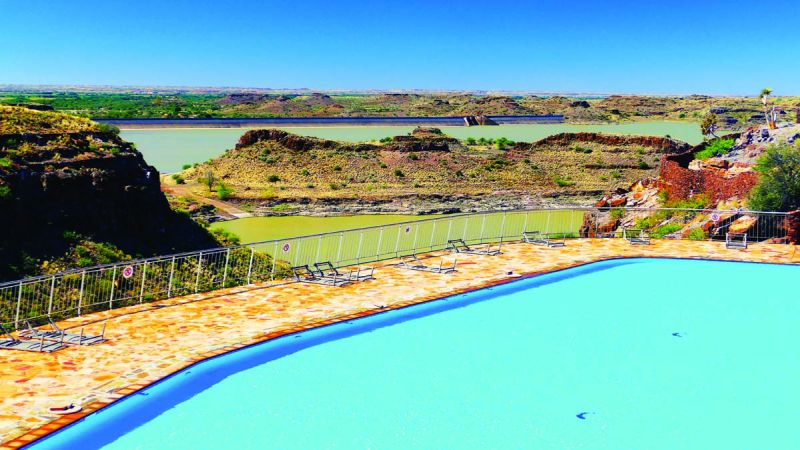
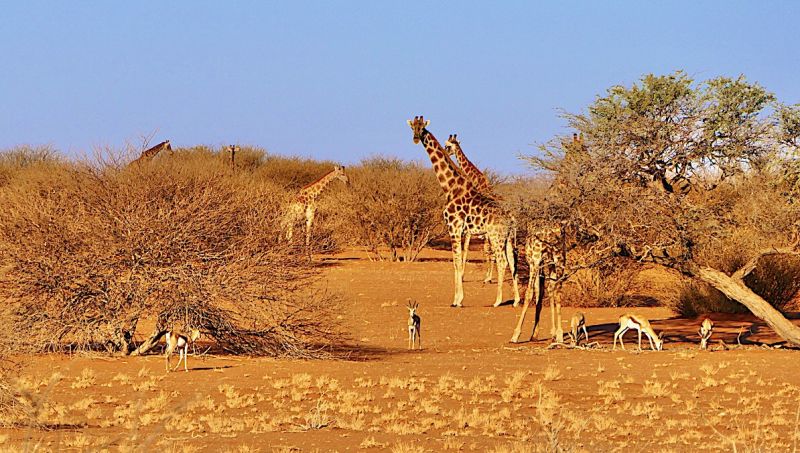
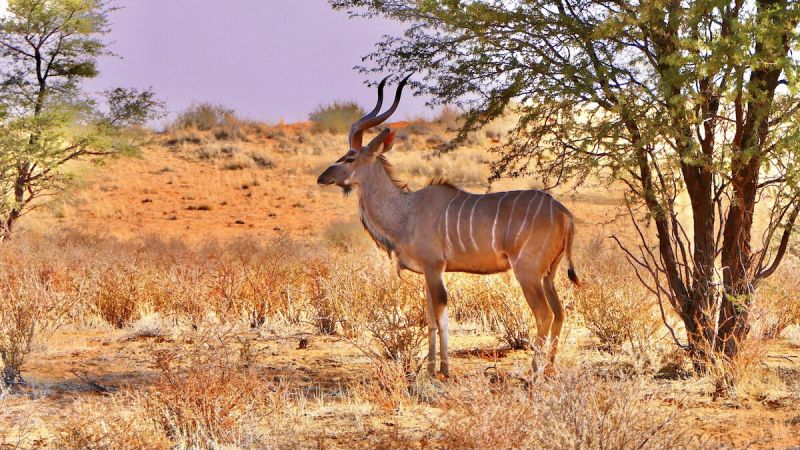

 Nata
Nata 



 Okavango Delta
Okavango Delta 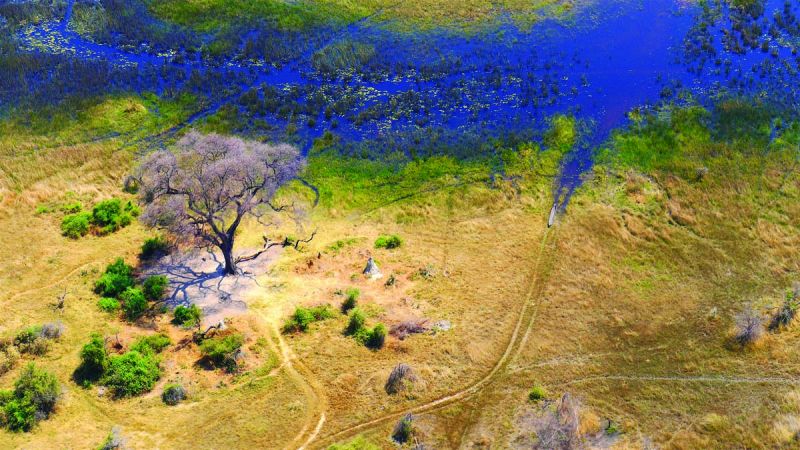
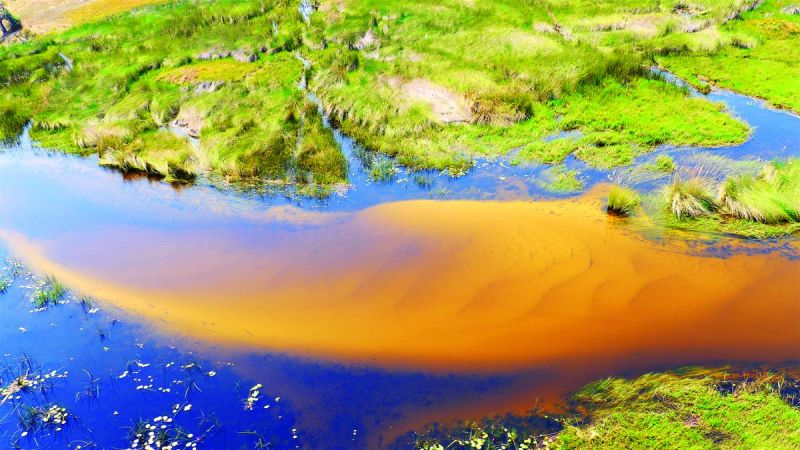
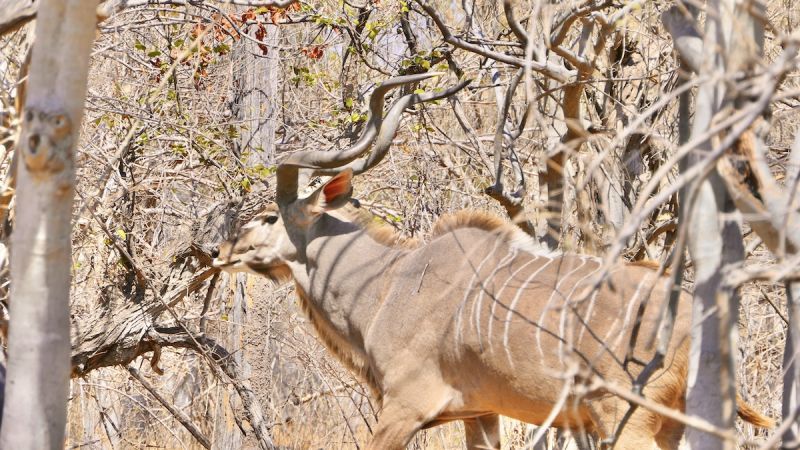
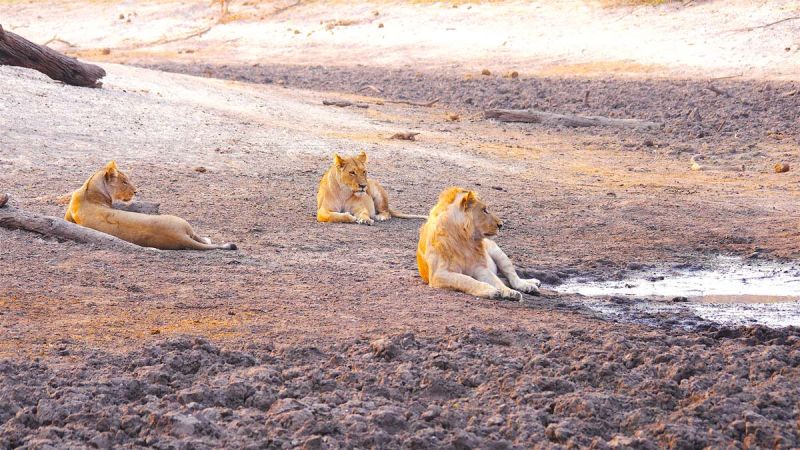


 Pandamatenga
Pandamatenga 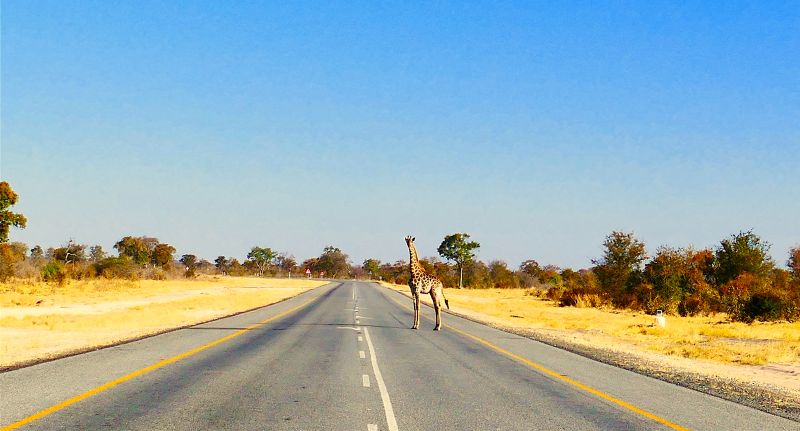


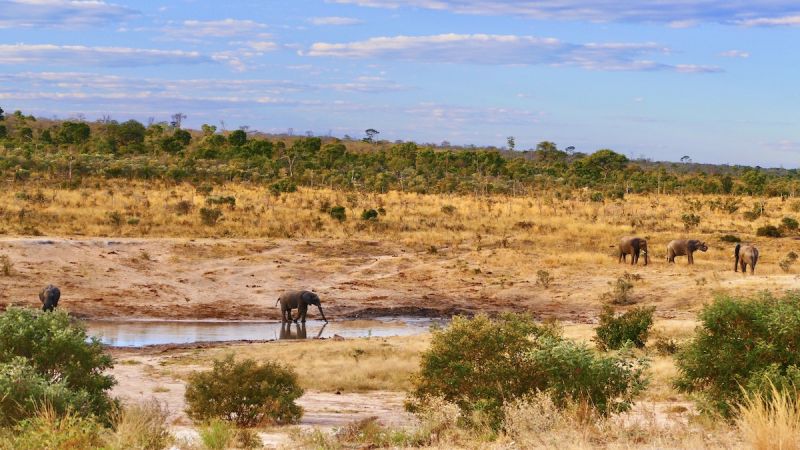

 Red Kalahari
Red Kalahari 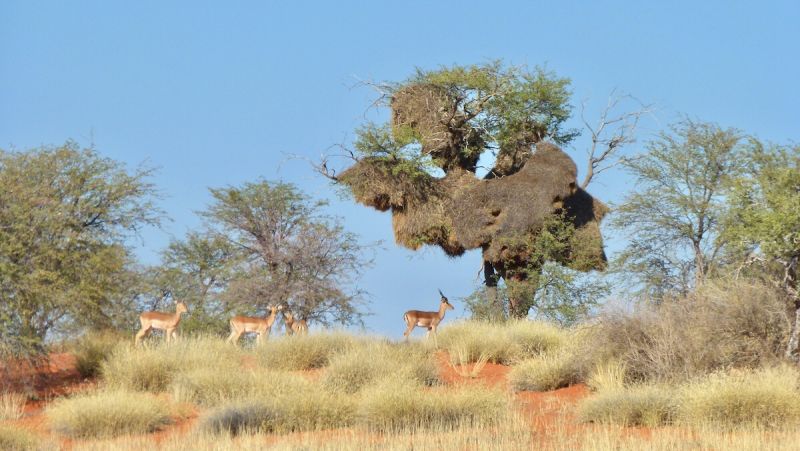
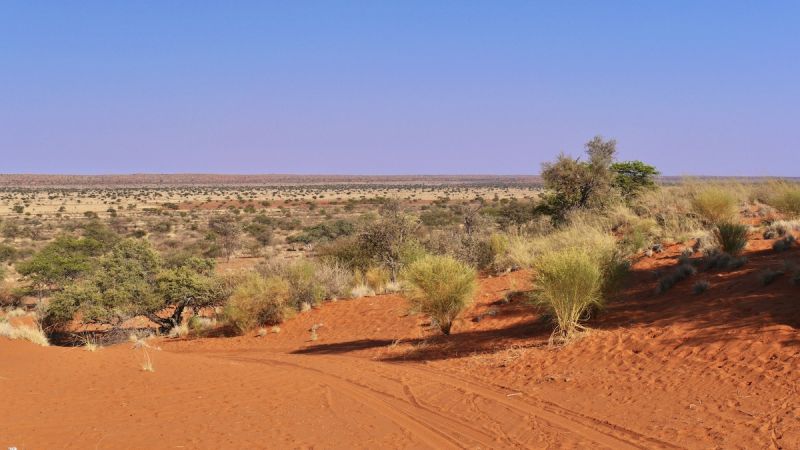


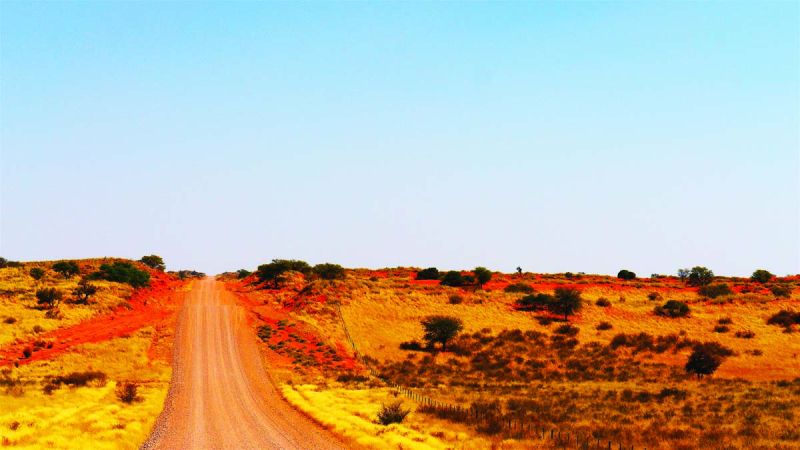
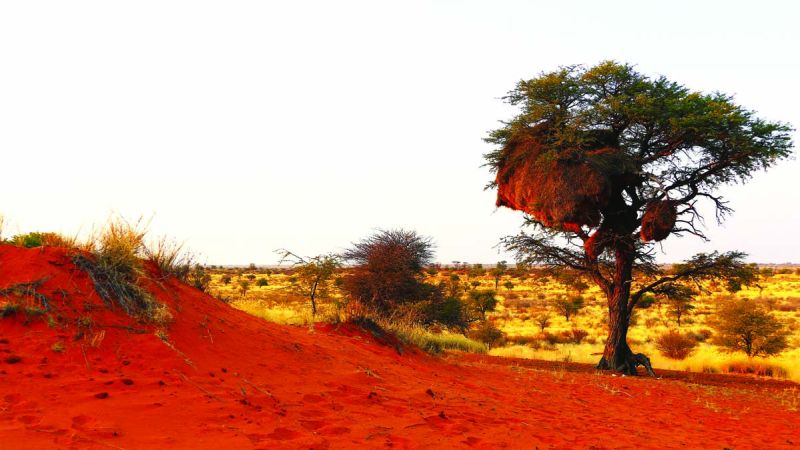
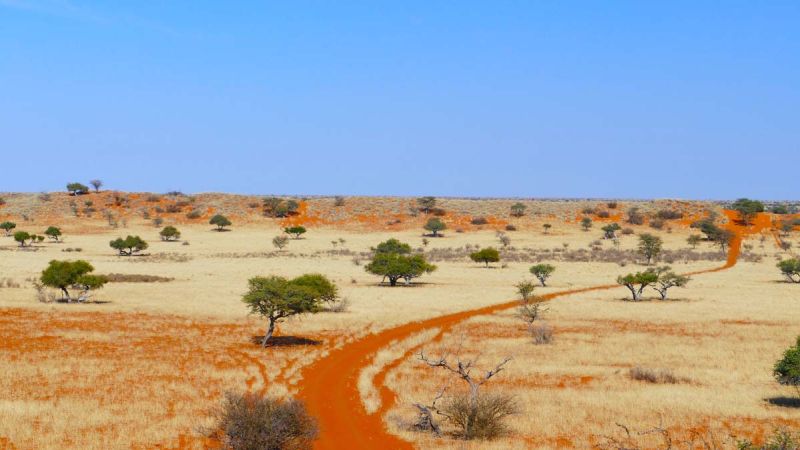
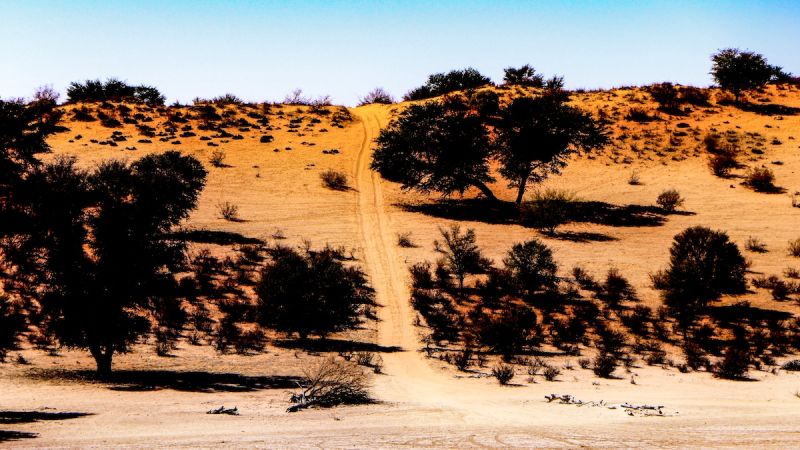

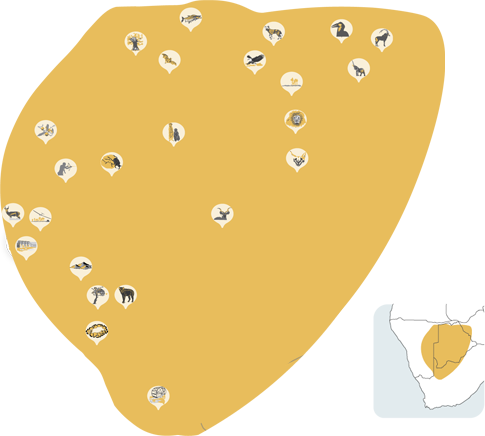
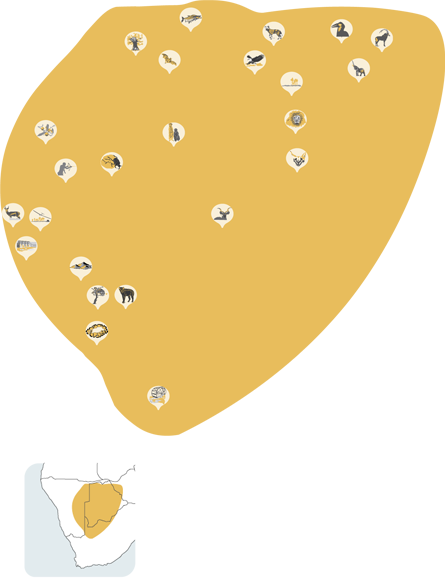
Sable bull
Curious Giraffe

Large Elephant Herd

Fish Eagles
